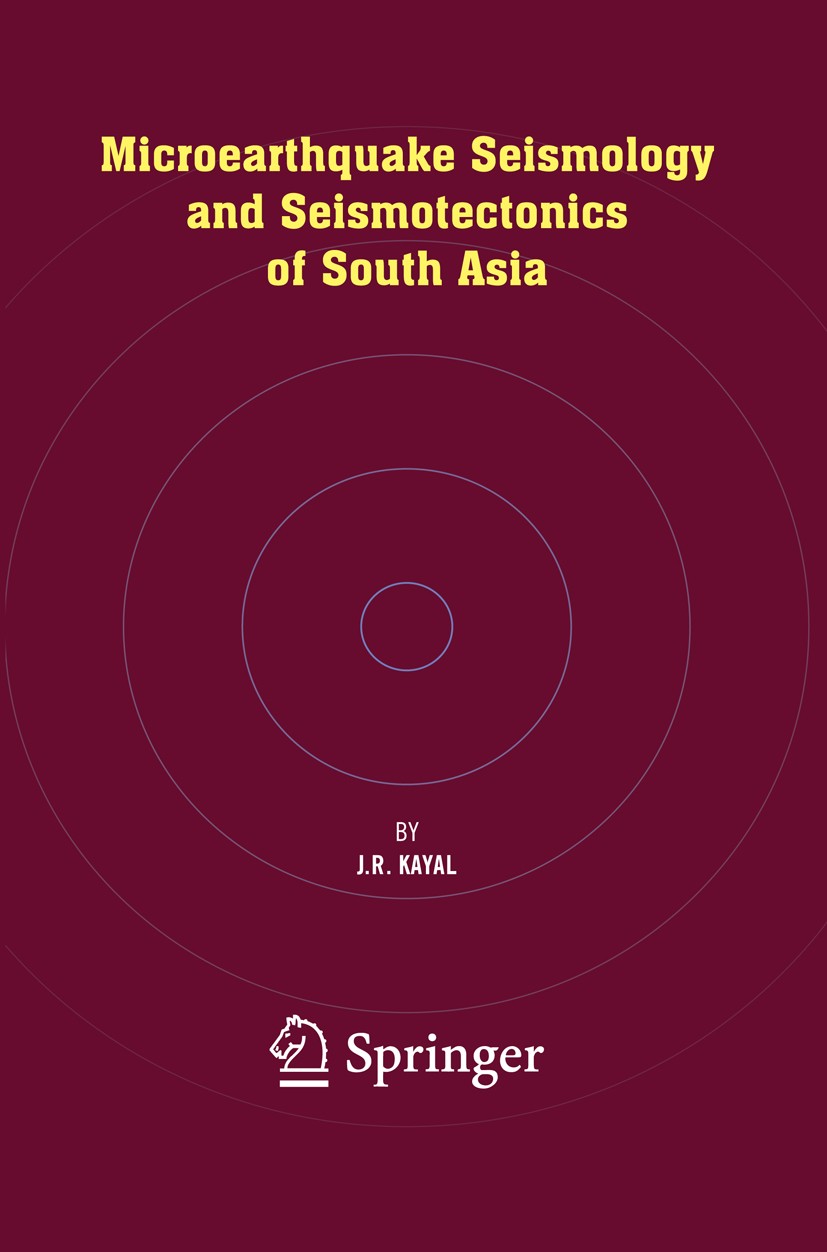| 书目名称 | Microearthquake Seismology and Seismotectonics of South Asia | | 编辑 | J. R. Kayal | | 视频video | http://file.papertrans.cn/634/633180/633180.mp4 | | 概述 | Covers topics ranging from basics of plate tectonics, seismology, data acquisition, seismogram analysis to use of software for earthquake locations, relocations, fault plane solutions, seismic tomogra | | 图书封面 |  | | 描述 | Hardly a week passes without our learning of natural geologic disaster somewhere in the world, be it a volcanic eruption, landslide, or destructive earthquake. The prominent public notice given to such events is not only the result of better communications, but also results from the increased impact of these events on a growing human population. In recent years, the population has increased greatly in regions of active tectonics. Northern India and the surrounding areas are prime examples. The consequence is that people and their man-made structures are concentrated close to active faults and steep, landslide-prone terrains. In just the past several years, even moderate earthquakes with seismic magnitudes less than 6. 5 have killed as many as 20,000 people precisely because these earthquakes occurred directly beneath population centres in central India. The greater Himalayan region, including the Ganges Plain, is a prime example of the coexistence of a pronounced geological hazard with a growing human population. Due in part to the spectacular topography, the region has long attracted scientific investigations, and may be considered as the birthplace of modern studies of earthquake | | 出版日期 | Book 2008 | | 关键词 | Earthquakes and tsunamis; Geoinformationssysteme; Himalaya; Microearthquake seismology; Seismotectonics; | | 版次 | 1 | | doi | https://doi.org/10.1007/978-1-4020-8180-4 | | isbn_softcover | 978-90-481-7795-0 | | isbn_ebook | 978-1-4020-8180-4 | | copyright | Capital Publishing Company, New Delhi, India 2008 |
The information of publication is updating

|
|
 |Archiver|手机版|小黑屋|
派博传思国际
( 京公网安备110108008328)
GMT+8, 2025-11-16 15:43
|Archiver|手机版|小黑屋|
派博传思国际
( 京公网安备110108008328)
GMT+8, 2025-11-16 15:43


